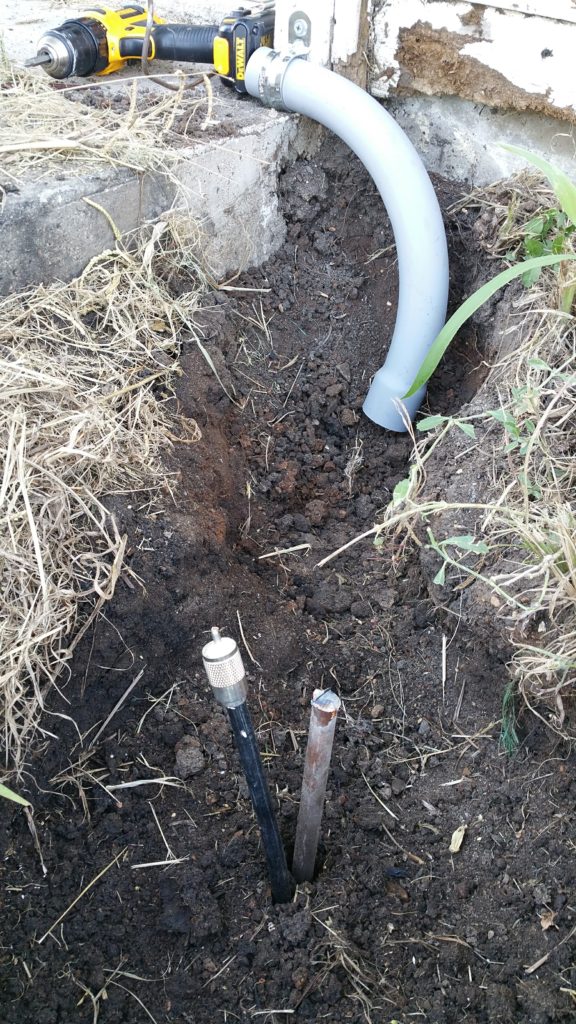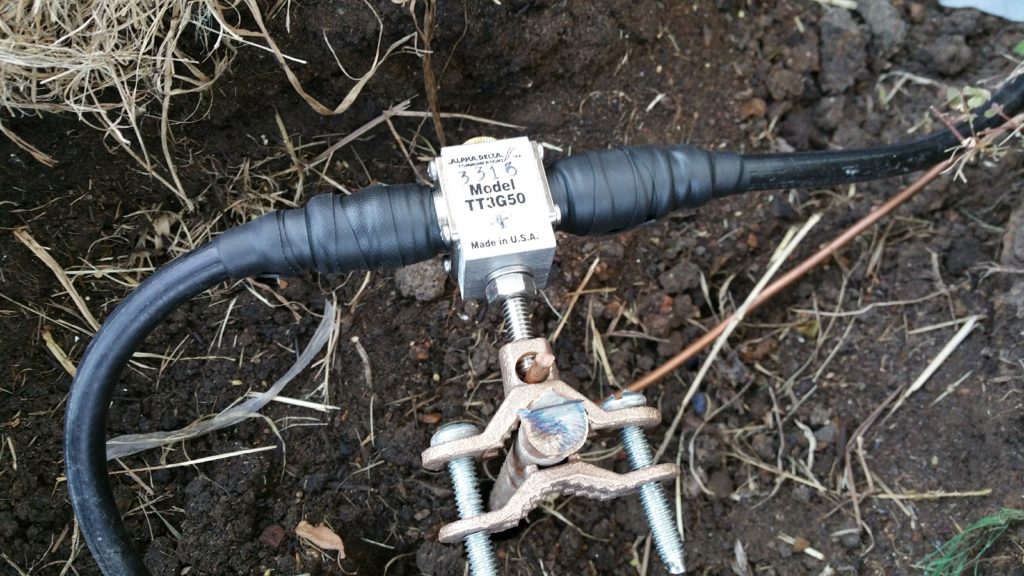The ol’ 6BTV has been out there for three or four years and has served me well enough. It was about two years ago that I used an MFJ antenna analyzer to see where it’s peaks were after repairing it (from running it down with my truck) and they were all close enough to operating range to leave alone.
However, my interest in more operating means that I’d like to have a better idea where it works best. More than a year ago, I got a Rig Expert AA-170, the HF to 2m range device. Other than firing it up at my desk at work once, I’ve not used it until tonight. Pretty slick box.
10 meters is usable across the band, with a power-peak at the bottom end in the rtty/data sub-band.
15 and 20 meters are both pretty much smack in the middle of the band.
30 meters is a pretty narrow band, so it makes sense that it would be pretty flat across the whole thing.
40 meters is, again, a peak in the lower end of the band. With my interests in JT65 and PSK31, that’s probably as good a place for resonance as any.
80 meters is where I finally really need to tweak it. The resonance point is a few kHz below the bottom of the band and the antenna bandwidth is fairly narrow, so I need to choose a spot in the band and see how well I can match it.
If I adjust 10 meters up a little in frequency, the rest of the peaks will move a bit upward as well, as 10 meters is the bottom section of the antenna.
The software that comes with the Rig Expert does a decent job of graphing as well.
This is an SWR scan of 3.0MHz to 30MHz, accounting for 75 feet of RG213 cable. The dips obviously correspond to the tuning of the six bands that the antenna covers, 80, 40, 30, 20, 15 and 10 meters. The software also marks the ham bands in white on the background fill.














